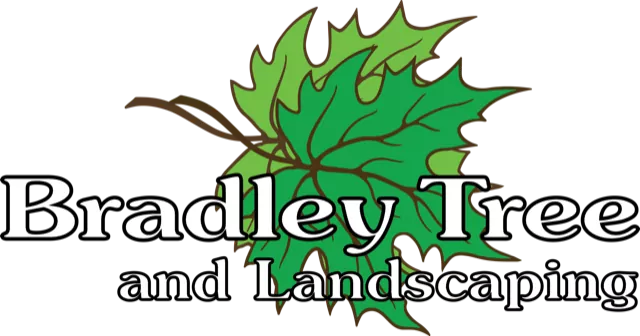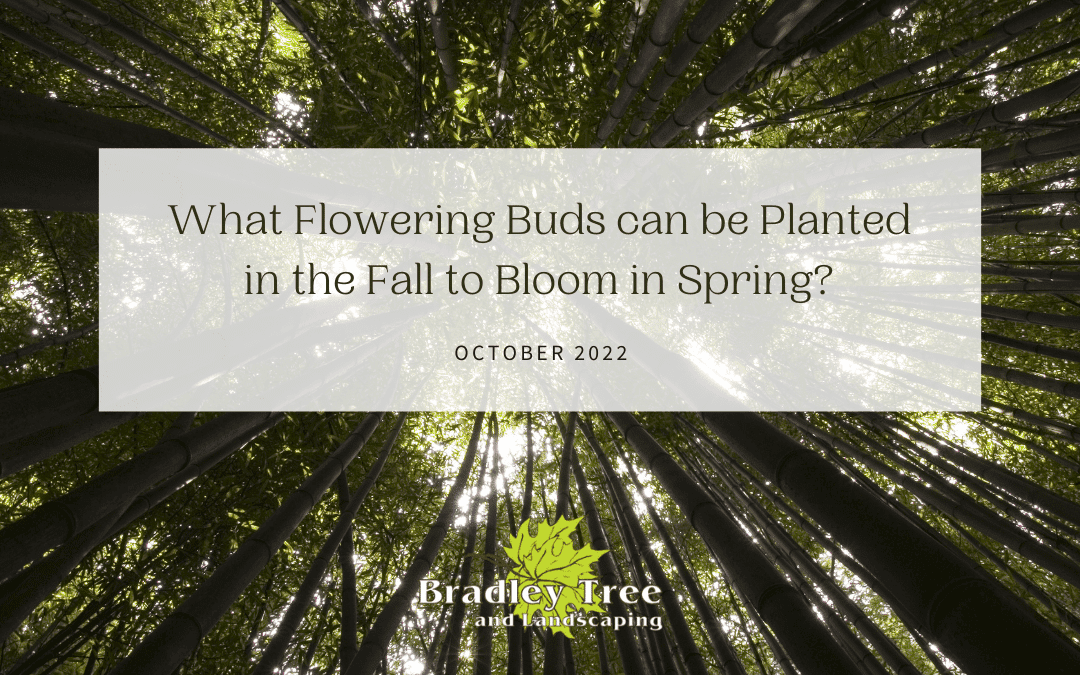Welcome back to the Bradley Trees blog! Early spring is enticing because of the blooming flowers and enchanting aromas. But when and what should you plant to ensure that springtime feeling? Read on and find out!
The grays and dull colors associated with winter fall to verdant greens, bright yellows, crimson reds and more. Those bits of bright colors bring a smile to everyone!
Those early blooming bulbs tell us that springtime is around the corner, sprouting up through the snow. You stop and notice the bulbs, and immediately get a sense of warmth for the season ahead and the potential. These flowering buds are typically planted in the Fall.
After a cold and lengthy Buffalo winter, having that splash of color on your landscape will make planting them in Autumn all the more worth it!
How Do I Plant Flower Bulbs For my Buffalo Landscape?
Planting flower bulbs are some of the easiest flowers to grow. Let’s do a quick rundown of what to do.
- Plant your bulbs six weeks before the ground freezes. This would generally be around the time we’re in now, September to early October. When you notice the leaves start to change is a good indicator.
- Determine where you want to plant. Make sure the soil there is well-drained and loose, and check if the site needs organic materials.
- Determine the bulbs you have and read on their ideal planting depth. In many species the idea is to go 2 to 3 times the length of the bulb for your depth.
- Make your hole! This is where the bulb will go. Make sure the roots are pointing down into the soil and tip up.
- Fill the hole back in and cover it up with soil.
- Mulch the site with 2 inches of material to keep it warm and able to retain moisture.
- Follow the watering guidelines for your new plant. Generally, you’re going to water it deeply after planting and then once more before the ground freezes.
What Flower Bulbs Can I Plant in Buffalo?
There’s a wide variety of flowers that we can plant in the Fall that will be ready for spring. Some of the most common are Daffodils, Tulips, Hyacinths, and Crocus’.
Daffodils are a common spring flower because of their beautiful and vibrant colors that bloom early and remain strong. Daffodils are great for people who are just starting out their hand in home gardening. These flowers are also deer resistant!
Daffodils’ final heights can reach 10-20 inches and they prefer full sun to partial shade over everything else.
Tulips are another spring flower staple that everyone knows and loves. These bright and multicolored flowers come in wide array of shape and size. Tulips are great because if you plant a variety of them, you can have blooms all spring long!
Tulips’ final heights can reach 10-18 inches and they prefer full sun.
We’ve all smelled a Hyacinth flower, even if we didn’t know it. These flowers produce one of the stronger aromas that’s regarded as the most pleasant. The smell of the Spring is the hyacinth signaling that the bleak winter is over. Hyacinths are those blue, purple and pink spiky flowers that complement any home garden. Like daffodils, these flowers are also deer resistant!
Hyacinths are the second-smallest flowering bud we’ll talk about today, growing to 6-12 inches. These flowering buds also prefer full sun.
That brings us to Crocus flowers. These little guys mark the arrival of spring like nothing else since they are the first to bloom. Crocus flowers aren’t uncommonly seen darting up through the last snow. These flowers come in blue lilac, lavender, and yellow.
Crocus flowers are the smallest of the four we’ll cover today, growing only 3-8 inches tall. Like the other flowers in this list, they prefer full sun.
Contact us!
Bradley Tree and Landscaping are full of professional, ISA-Certified arborists that are always eager to help and educate. As our CEO Jared Webber says,
“An educated customer is our best customer.”
Bradley Tree and Landscaping have been in business for 40 years! We’ve been proudly serving the Buffalo area with expert tree care services. These include wider plant health care, tree planting and tree removal, tree pruning and trimming, landscaping, emerald ash borer treatment and more! Our exemplary work has earned us the honor of working on Olmstead Park’s oldest oak tree with pruning, restoration and maintenance.
Before you do any tree planting yourself, consult with a local, Buffalo ISA-Certified arborist. We’ll make sure your digging doesn’t interfere with water, gas, power and/or septic lines. Tree removal should only be done by a certified arborist because of these dangers and the obvious potential for the tree falling.Remember to stay tuned to our blog for more arbor news and related posts. You can also find us on Facebook! If you’re ready to transform your yard into something beautiful and unique, reach out to us today at 716.217.5403 or by filling out our convenient contact form!

